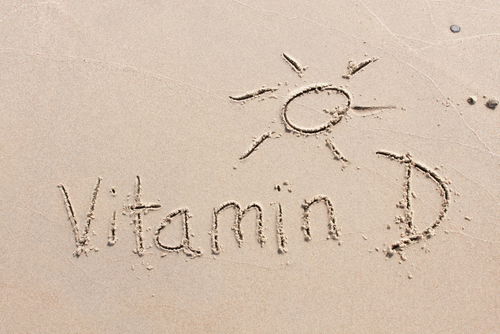The Importance Of Vitamin D
We hear so much talk about Vitamins and proper amounts to have in our diet but it all used to be white noise to me until I developed thyroid issues. When I started seeing an endocrinologist who took the time to discuss prescription medications in conjunction with natural remedies and vitamin supplementation, I was ecstatic! It’s very rare that you see physicians who look at natural supplements for disease states. (Solely based on my own experience). One of the big discussions we had was around Vitamin D.
As you may already know, the major source of Vitamin D for humans is exposure to sunlight!! Between 80 and 100 percent of the Vitamin D we need comes from the sun. For me with fair skin, I used to spend most of my time in the shade or had been lathered in so much sunscreen. I also grew up in Winnipeg which has limited sunlight during the winter months as it is and as a kid, my mom never gave me a Vitamin D supplement.
Some food sources containing Vitamin D are Wild Fatty Fish like Mackerel, Herring and Cod Liver oil, Salmon, sardines or egg yolks. Cows milk and margarine are fortified with Vitamin D.
Vitamin D supplements are recommended to a number of groups. For example, breast milk is low in vitamin D so Health Canada recommends that all breastfed infants be given 400 IU of supplemental vitamin D.
The Canadian Pediatric Society recommends a higher dose during the winter for babies in northern Canada (north of 55° latitude, about the level of Edmonton).
Canada’s Food Guide recommends that all Canadians over age 50 take a Vitamin D supplement containing 400 IU of vitamin D. The average 70 year old creates only 25 percent of the Vitamin D that a 20 year old does. Vitamin D requirements are higher for older Canadians and it is extremely difficult to meet these requirements from food sources alone.
When we consume foods containing calcium, only about 25%–30% of the calcium we eat is typically absorbed. When vitamin D is deficient, this drops to about 10%–15% of the calcium in the diet. Calcium availability is important for proper bone mineralization and without it, abnormalities in bone structure occur.
Children who are deficient in vitamin D will have weakened bones because they do not contain enough calcium and phosphorus. This is called Rickets and is characterized by bone deformities such as narrow rib cages, known as pigeon breasts, and bowed legs. The bones are too weak to support the weight of the body so this causes the bones to bow. Vitamin D deficiency also prevents children from reaching their genetically programmed height and reduces bone mass and causes muscle weakness.
One of the major symptoms I had previously was joint and muscle aches as well as muscle pain and weakness. I had no idea that low levels of Vitamin D were associated with a higher risk of thyroid antibodies. Once my Graves’ disease was diagnosed, I was prescribed a higher dose of Vitamin D to increase my levels quickly. I couldn’t believe how my muscle aches disappeared and I gained strength. Who knew such a tiny supplement could work like magic for someone like me who was deficient. Progress was slow and steady for me but with a new baby at home, this changed my life. I was able to get down on the floor and play with my son again and get back up without muscle weakness and pain.
The only way to know you are deficient is to have a doctor order a blood test. Don’t be afraid to ask about it. I am sure glad I had that discussion!


